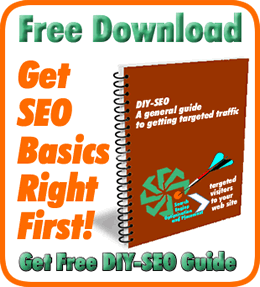Email best practice and does it apply to everyone?
HTML email marketing do’s but some don’t!
We are constantly reminded and remind clients of what is regarded best practice particularly where html email campaigns are concerned.
But, does it not apply to the big boys and big brand names. Apparently not…
I had the unfortunate requirement recently, brought about by a system failure, of having to re-install operating and system software including a clean install of Windows Mail.
Windows Mail defaults to blocking images in email. I left it at that, only enabling when it suited me.
Best practice continually reminds us that both open rates and clickthrough rates are conditioned by first impressions of who it’s from, the subject line and the clarity of the message when either displayed in preview pane or opened.
To my surprise, when started getting the usual email advertising, was the number of large brand name email campaigns which failed to include an alt tag description of the blocked images.
And, in many of these campaigns they were 100% image content with no text accompaniment at all.
The example below is from Dell who you might have thought would know better.

Html images only
The only image with an alt description is the Dell logo; and I already know it’s from Dell from the
Subject: Dell’s Signature Event is back. Click here to save!
What signature event was that then and about what? The email without text or image alt tag descriptions gives no indication either!
Maybe, they are just too big to bother or assume that because it’s Dell I will be obviously interested enough to find out!
Takeaway: The alt tag is important in only a small way in terms of SEO contributing in the main to useability and accessibility but in email marketing terms its value could be considerably more particularly where a user has images turned off for whatever reason.
Also, the same limitations in terms of content is different. It can be used not only to describe the image, but a fuller sales message can be included as encouragement to either display full images, open or click a displayed link.
Is that not the purpose of email marketing in the first place?
